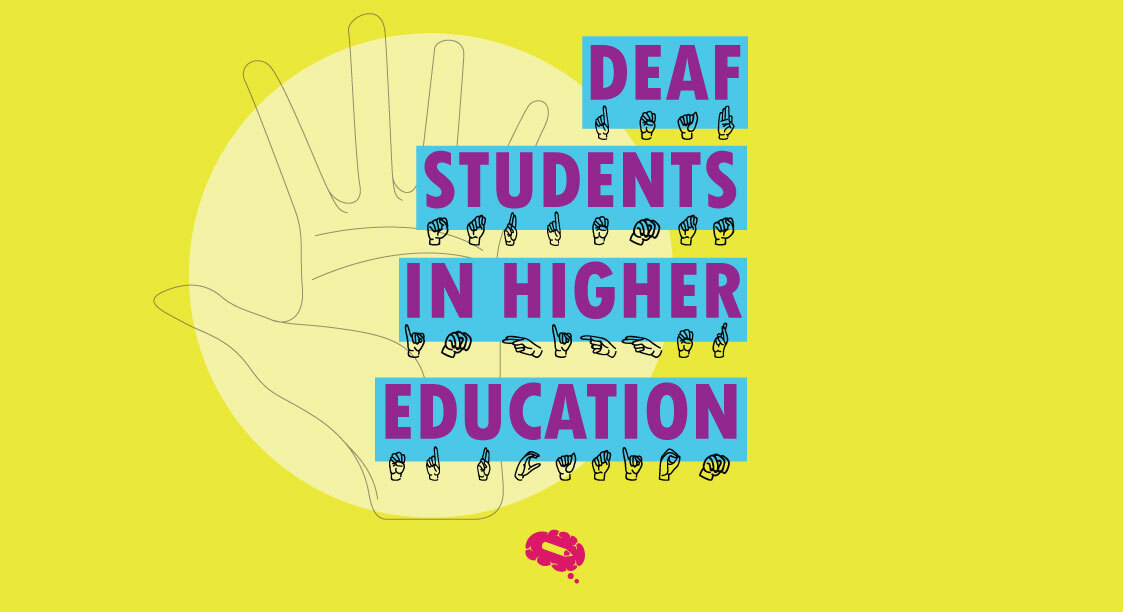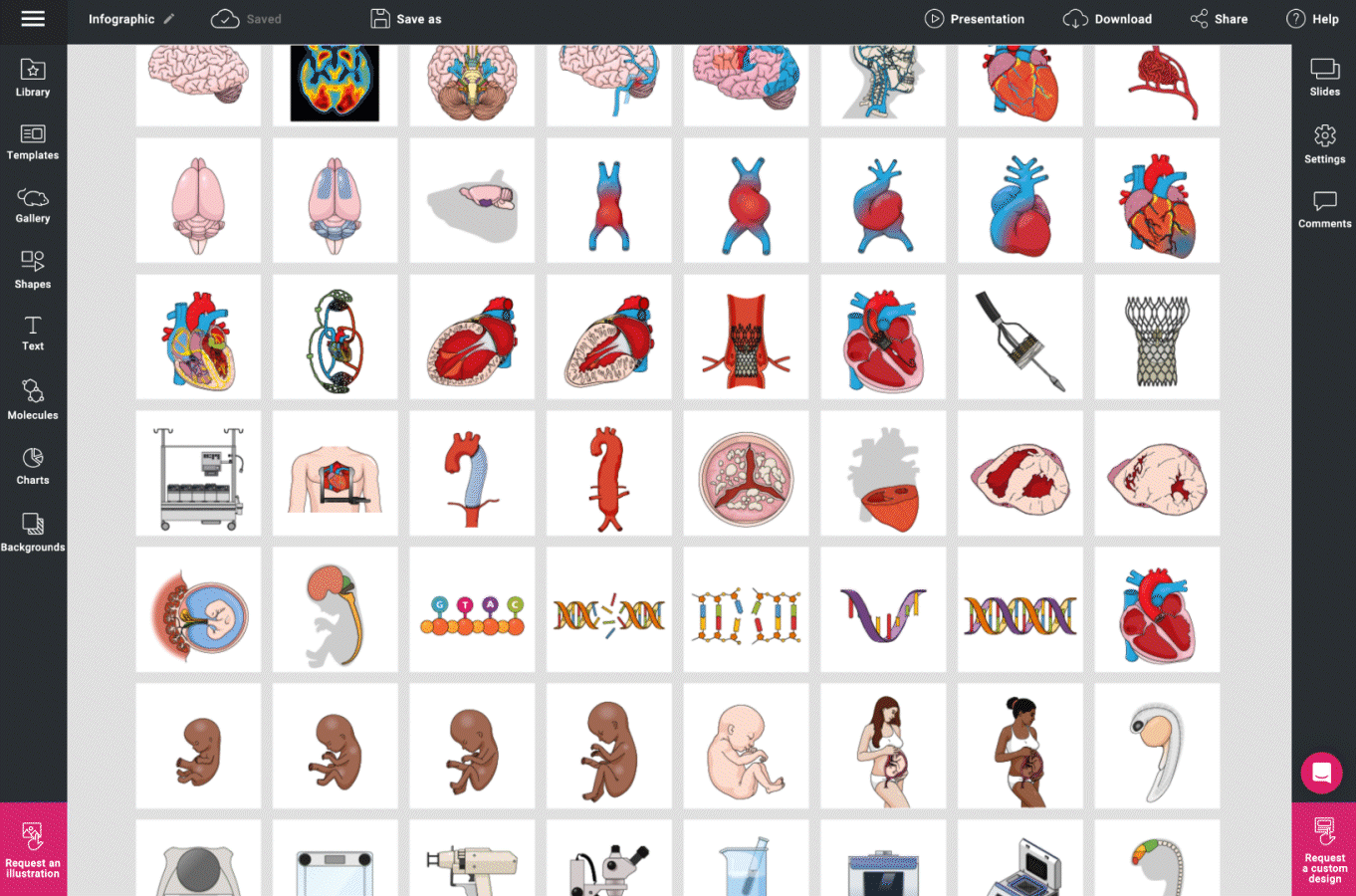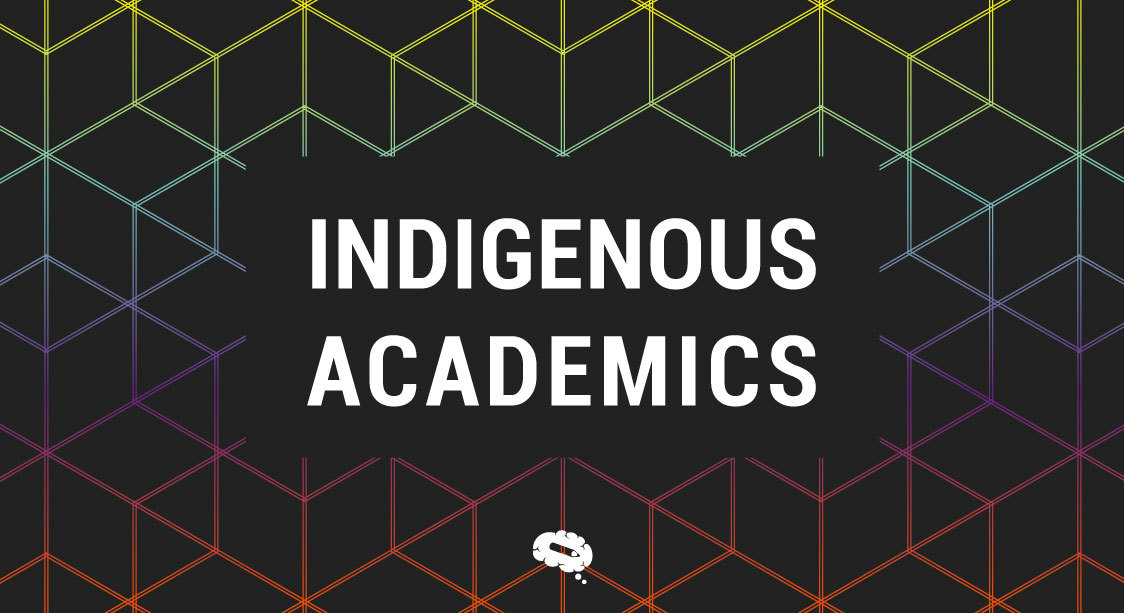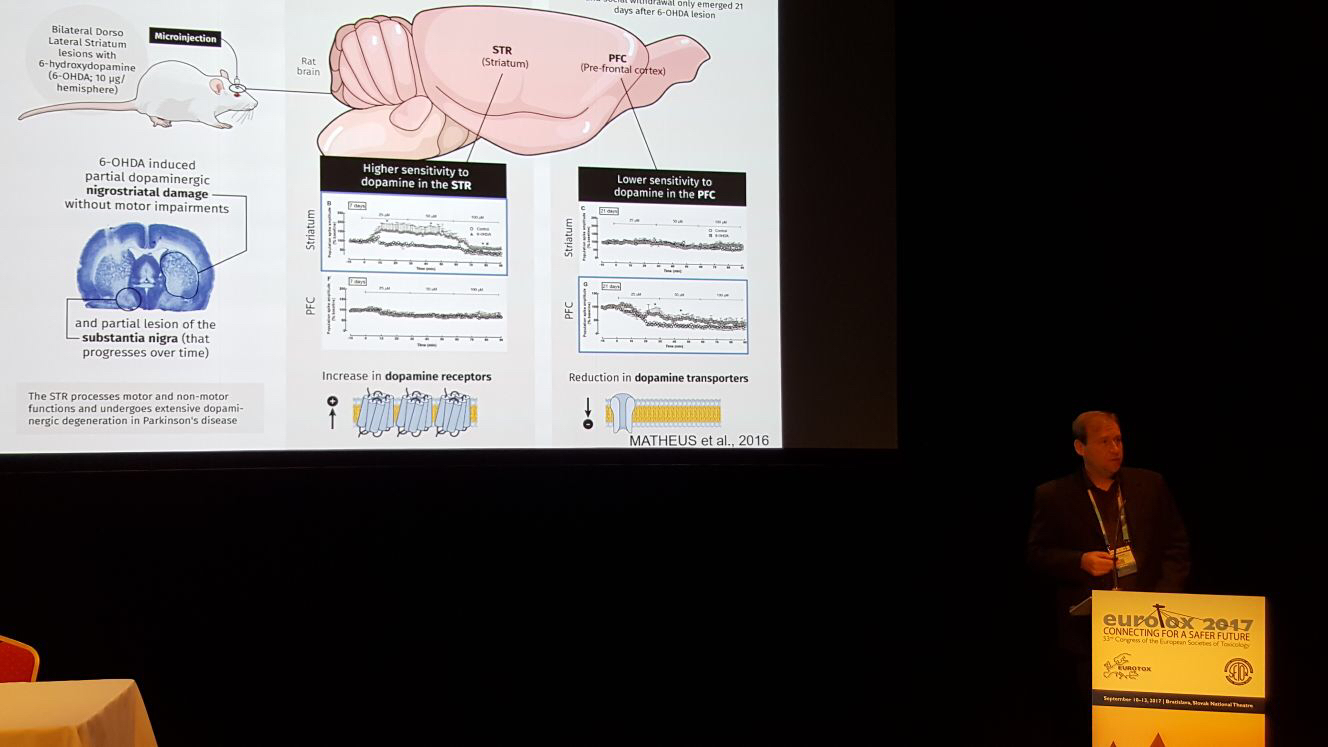Have you ever thought about the struggles deaf students face while pursuing higher education? Even with all those difficulties, they tend to achieve a lot more in the field than others do, have you ever wondered how?
The answer lies in this article where we will take you through the educational process of deaf students and organizations that are helping them to achieve their goals. So, let’s learn in-depth about silent scholars, i.e., deaf students in higher education who are striving hard to establish their ability by challenging their disability.
Challenges Deaf Students Face In Higher Education
Deaf students face several challenges in higher education that can impact their academic experience and overall success. These challenges may vary depending on factors such as the student’s preferred communication method, the availability of support services, and the institutional commitment to accessibility. Here are some common challenges faced by deaf students:
Communication Barriers
Deaf students often face communication barriers with hearing peers and instructors who may not be fluent in sign language or familiar with communication strategies such as lip-reading or using assistive technologies. This can lead to misunderstandings, limited participation in discussions, and difficulties accessing course materials.
Limited Access To Information
Many educational resources, such as lectures, videos, and audio materials, may not be fully accessible to deaf students. Without appropriate accommodations like captions, transcripts, or sign language interpretation, deaf students may struggle to understand or engage with the content effectively.
Inadequate Support Services
Some institutions may lack the necessary support services and accommodations for deaf students. These services can include sign language interpreters, note-takers, real-time captioning, and assistive listening devices. The absence or limited availability of these resources can hinder the learning experience and hinder academic success.
Social Isolation
Deaf students may experience social isolation due to communication barriers and a lack of understanding or awareness among hearing peers. Limited access to social activities, extracurricular events, and informal discussions can make it challenging for deaf students to fully integrate into the campus community.
Inaccessible Technology
Technological barriers can further impede deaf students’ participation in higher education. Online learning platforms, course management systems, and digital resources may not be designed with accessibility in mind, making it difficult for deaf students to access and engage with the materials.
Attitudinal Barriers
Negative attitudes and stereotypes about deafness can also present challenges for deaf students in higher education. These attitudes can manifest as lower expectations, discrimination, or lack of awareness about the needs and capabilities of deaf individuals.
Financial Constraints
Deaf students may face financial challenges in accessing appropriate support services, assistive technologies, or specialized educational materials. These additional expenses can pose significant burdens on students who may already be facing financial constraints.
Academic Programs And Accreditation For Deaf Students
In higher education, there are various academic programs and accreditation processes that cater specifically to the needs of deaf students. These programs and accreditation ensure that deaf students have equal access to education and are provided with appropriate support services.
Disability Support Services (DSS)
Most universities and colleges have disability support services or offices that provide accommodations and support for students with disabilities, including deaf students. DSS offices work closely with deaf students to determine their specific needs and arrange appropriate accommodations such as sign language interpreters, note-taking services, captioning services, assistive listening devices, and access to assistive technologies.
Sign Language Interpreting Programs
Some higher education institutions offer sign language interpreting programs or courses within their curriculum. These programs train students to become professional sign language interpreters, providing opportunities for deaf students to have qualified interpreters in academic settings. Accreditation bodies like the Commission on Collegiate Interpreter Education (CCIE) ensure that interpreter training programs meet certain standards and competencies.
Deaf Studies Programs
Deaf studies programs focus on the cultural, social, and historical aspects of deaf communities and promote a deeper understanding of deaf culture, sign language, and the experiences of deaf individuals. These programs often offer courses and degrees in Deaf Studies, Deaf Education, or related fields. Institutions may also have Deaf Studies departments that provide academic and research support for deaf students and foster a sense of community.
Accreditation Bodies
Accreditation ensures the quality and standards of educational institutions and programs. While there are no specific accreditation bodies exclusively for deaf students, regional and national accreditation bodies evaluate institutions’ overall accessibility and provision of support services for students with disabilities, including deaf students. Examples of accreditation bodies in the United States include the Higher Learning Commission (HLC), the Middle States Commission on Higher Education (MSCHE), and the Accrediting Council for Independent Colleges and Schools (ACICS).
Postsecondary Education Opportunities For Deaf Students
Deaf students have various postsecondary education opportunities available to them, allowing them to pursue higher education and achieve their academic and career goals. Here are some postsecondary education options commonly pursued by deaf students:
Traditional Colleges And Universities
Deaf students can choose to attend traditional colleges and universities that offer a wide range of academic programs and degrees. Many of these institutions have disability support services and accommodations to ensure equal access and inclusion for deaf students.
Community Colleges
Community colleges provide two-year associate degree programs and often offer more affordable tuition rates compared to four-year institutions. Deaf students can start their higher education journey at a community college and then transfer credits to a four-year college or university to complete their bachelor’s degree.
Technical And Vocational Schools
Technical and vocational schools focus on practical skills and specific career paths. These institutions offer certificate and diploma programs in fields such as healthcare, computer science, trades, and other vocational areas. Deaf students can pursue these programs to gain specialized skills for entry-level employment.
Online Education
Online education has become increasingly popular and accessible, providing flexibility and convenience for deaf students. Many accredited colleges and universities offer online programs and courses, allowing deaf students to study from home or anywhere with an internet connection while receiving necessary accommodations.
Deaf-Focused Institutions
There are specialized postsecondary institutions that primarily cater to deaf students. These institutions often have a strong focus on deaf culture, and sign language, and provide a supportive and inclusive environment for deaf students. Examples include Gallaudet University in the United States, the National Technical Institute for the Deaf (NTID) in the Rochester Institute of Technology (RIT), and the University of Central Lancashire (UCLan) in the United Kingdom.
Assistive Technology Used To Support Deaf Student Learning
Assistive technology plays a crucial role in supporting deaf students’ learning and communication in various educational settings. These technologies aim to enhance access to information, facilitate communication, and promote inclusivity.
Captioning And Subtitling
Captioning and subtitling technologies provide written text for audio and video content, making it accessible to deaf students. Captions can be either open (visible to everyone) or closed (can be turned on or off). Real-time captioning services using stenography or voice recognition software are also available for live events, lectures, and discussions.
Assistive Listening Devices (ALDs)
Assistive listening devices amplify sound to improve speech understanding for deaf students. ALDs include personal FM systems, loop systems, infrared systems, and Bluetooth-enabled devices that connect to hearing aids or cochlear implants, enabling clearer reception of auditory information.
Video Relay Services (VRS)
VRS enables deaf students to communicate with hearing individuals over video calls using sign language. Through VRS, a sign language interpreter facilitates communication between the deaf student and the hearing person, bridging the language barrier.
Video Remote Interpreting (VRI)
VRI utilizes video conferencing technology to connect deaf students with remote sign language interpreters. Deaf students can access interpreting services in real-time via video calls, making it easier to communicate with hearing individuals in various settings.
Speech-to-Text Technologies
Speech-to-text technologies convert spoken language into written text. These can include computer-assisted transcription (CAT) systems, voice recognition software, or applications that display real-time transcriptions on screens, providing deaf students with textual representations of spoken information.
Communication Apps And Software
Various communication apps and software are available for deaf students, facilitating text-based messaging, video calls, and document sharing. These include popular platforms like Skype, Zoom, FaceTime, and messaging apps with real-time translation features.
Academic Achievement Of Deaf Students In Higher Education
The academic achievement of deaf students in higher education can vary depending on various factors, including individual abilities, support services, access to accommodations, and the overall inclusiveness of the educational environment.
Academic Success
Many deaf students successfully navigate higher education and achieve academic success. With appropriate accommodations, support services, and inclusive environments, deaf students can excel academically and earn degrees in various fields.
Varied Academic Performance
The academic performance of deaf students can range from below average to outstanding, just like their hearing peers. It depends on factors such as prior educational background, language and communication abilities, self-advocacy skills, study habits, and motivation.
Importance Of Early Intervention
Early access to appropriate interventions and educational support plays a crucial role in laying a solid foundation for deaf students’ academic success. Early intervention programs that focus on language development, communication skills, and literacy can positively impact their future educational achievements.
Access To Support Services
The availability of support services for deaf students significantly influences their academic achievement. Institutions that provide comprehensive support services, including sign language interpreters, note-taking assistance, captioning, access to assistive technologies, and disability support offices, enhance deaf students’ educational experiences and outcomes.
Institutional Commitment To Accessibility
The commitment of higher education institutions to accessibility and inclusivity significantly impacts the academic achievement of deaf students. Institutions that prioritize accessibility, provide ongoing training to faculty and staff and have inclusive policies and practices create an environment conducive to the success of deaf students.
The Bottom Line
The journey of deaf students in higher education is shaped by various challenges and opportunities. While they may encounter communication barriers, limited access to resources, and attitudinal biases, the commitment to inclusivity, the provision of support services, and the cultivation of an empowering environment can foster their academic success. Through collaborative efforts and dedication to equity, we can ensure that deaf students have equal opportunities to pursue their educational aspirations and realize their full potential.
Visually Appealing Figures For Your Research
Visually appealing figures always give a good weightage to research papers but creating graphs, infographics, and visually appealing figures is not everyone’s cup of tea. We know that. So we bring in the infographic tool – Mind the Graph. It can help you amplify your research papers with scientific images that cater to your theme. Learn more and sign up for free.

Subscribe to our newsletter
Exclusive high quality content about effective visual
communication in science.






